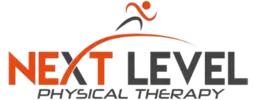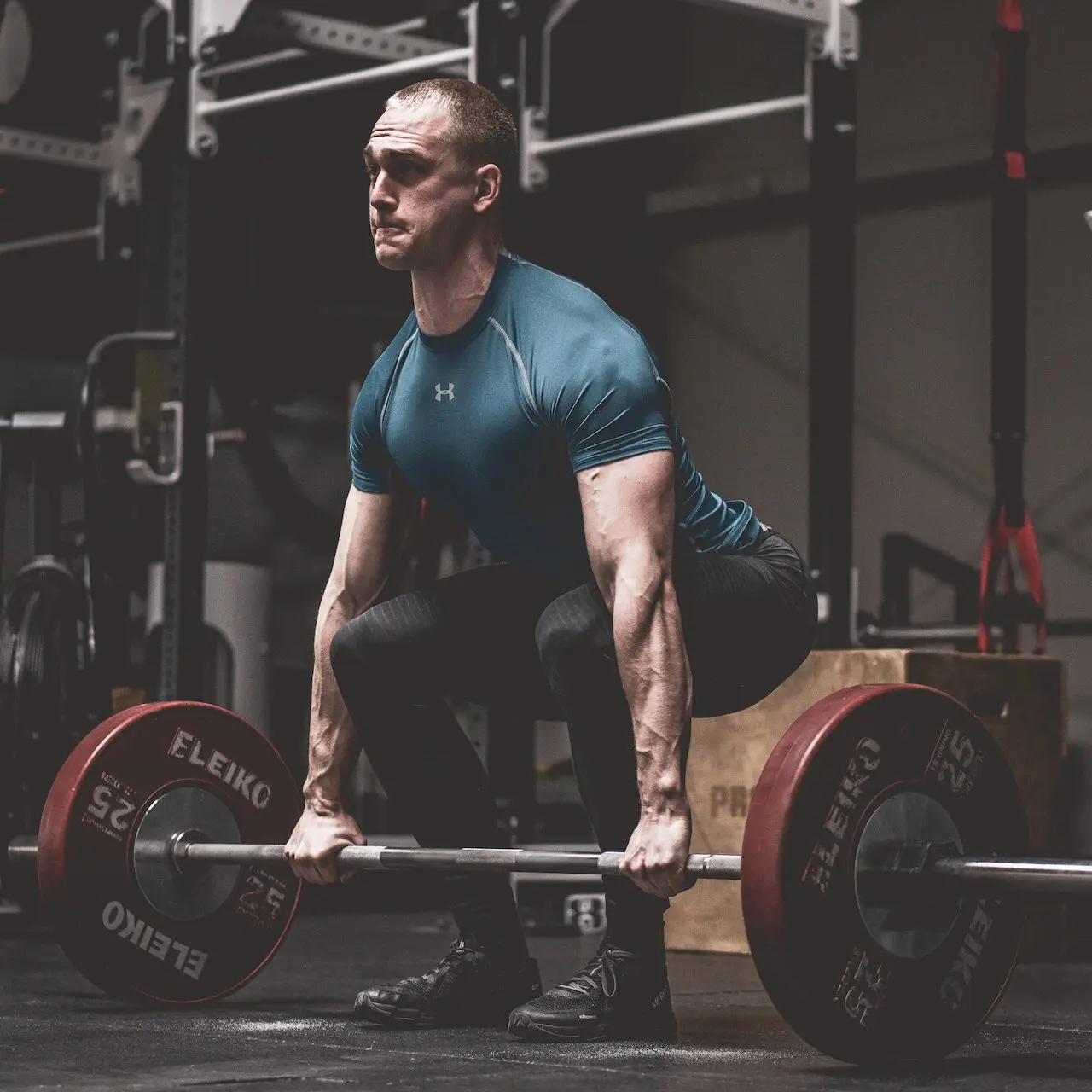Have you ever had a headache? We all have, right? But imagine if headaches weren’t just something that happened once in a while. What if they happened a lot, making it hard to do things every day? Many older people have this problem. In fact, the World Health Organization says that about half of all adults around the world will have a headache in any year. Many of these adults are senior citizens. This problem can make it tough to do regular things and can make people feel not-so-great.
So, what can we do about this? Let’s talk about physical therapy. This is a way to help with headache pain without using any medicine or having any surgeries. More and more people in healthcare are seeing how good it can be.
A big leader in this is Dr. Jack Wong. He’s a Physical Therapy Doctor who is really good at helping older people with different health problems.
In this article, we’ll talk about five good ways that physical therapy can help take away headache pain. We want to give you knowledge and tips to help you control your pain and feel better in your day-to-day life.
Dr. Wong has more than 12 years of experience in physical therapy. He works to help older adults do the things they love and be more independent. He really cares about his patients and likes to help them without using addictive medicines or surgeries.
We’re about to learn some cool ways to help with headaches! We’ll talk about standing right, special exercises, and how relaxing can help. Changing some daily habits can also make headaches better. Ready to fight those headaches? Keep reading to find out how! But remember, talking to a real therapist like Dr. Wong is the best way to get help. He and his team at Next Level Physical Therapy are here to help you live without headaches getting in your way. So, let’s explore how physical therapy can help us!
Understanding Headaches and Their Causes
As diverse as the individuals who suffer from them, headaches come in different forms and are influenced by a variety of factors. Some common types include:
- Tension headaches: These are often the result of stress or poor posture, leading to tension in the neck, shoulders, and scalp.
- Migraine headaches: Known for their throbbing pain, migraines are often accompanied by nausea, and sensitivity to light and sound.
- Cluster headaches: These occur in cycles or clusters characterized by severe burning and piercing pain.
- Sinus headaches: Typically accompanied by facial pressure and nasal congestion, these headaches are usually a symptom of sinus infection.
- Cervicogenic headaches: Originating in the cervical spine, these headaches are often mistaken for migraines or tension headaches.
Headaches are not random events. They’re usually triggered by specific factors such as stress and anxiety, poor posture and ergonomics, muscular imbalances and tension, neck and spine issues, and even dehydration and poor nutrition.
For aging adults and older adults, the battle with headaches becomes increasingly challenging. Age-related changes in the body can affect headache frequency and severity. For instance, hormonal fluctuations can significantly influence headaches in menopausal and postmenopausal women.
Identifying your individual headache triggers and patterns can be a game-changer. Keeping a headache diary to track triggers, intensity, and frequency is a valuable tool in this process. But remember, professional help can provide deeper insights into specific headache triggers and patterns.
What’s the key takeaway here? Well, for managing headaches, a comprehensive approach is critical. It’s not just about treating the symptoms; it’s about addressing the underlying causes.
The Role of Physical Therapy in Headache Management
Physical therapy is great for helping with headaches. Instead of just taking medicine, it looks at the real reasons for your headaches. It checks your posture, muscles, and movement.
A physical therapist first looks at how you move and where you might have muscle problems that cause your headaches. Then, they make a plan just for you.
They use hands-on techniques, like massage and joint movements, to help release tension and make movement easier. This can help lessen headache pain.
But that’s not all! Physical therapy also includes exercises specially picked to help stop and manage headaches. They can help balance your muscles and fix your posture. Exercises for your neck and shoulders can also help by reducing upper body strain.
Your physical therapist will help you sit and stand better to avoid headaches. They’ll also show you how to set up your workspace to be more comfortable. They can teach you easy ways to relax and handle stress.
In physical therapy, you’ll learn not only how to treat a headache, but also how to live in a way that helps stop headaches from happening often. They’ll talk about the importance of good food, drinking enough water, and getting enough sleep. Plus, you’ll learn how to take care of headaches at home.
Posture and Ergonomics
Did you know that sitting and standing properly can help with headaches? When you slouch, it can cause muscle problems and even bring on headaches. The way you set up your workspace can also affect your neck and shoulders, leading to headaches.
Staying in a good posture can help prevent headaches. This means keeping your spine, shoulders, neck, and upper back in the right alignment.
To keep good posture, you need to pay attention to how you’re sitting or standing. If you find yourself slouching, straighten up! Exercises that strengthen your body and stretches that keep your muscles loose can also help with this.
The way your workspace is set up matters too. Look around and see if anything needs to be changed. Maybe your chair needs to be higher or your computer monitor needs to be moved. Small changes can really help! Using things like comfy pillows, lower back rolls, and keyboard trays can also keep headaches away.
Good posture isn’t just for work. You should try to stand, sit, walk, and lift things correctly all the time. Even when you’re driving or exercising, remember to keep good posture.
Remember these tips: keep good posture and set up your workspace right to help stop headaches. Do exercises to help you stand and sit right, and stretch to keep your muscles loose.
Manual Therapy Techniques
Manual therapy is a special kind of physical therapy that uses touch and hands-on techniques to help with pain, including headaches.
One part of manual therapy is something called soft tissue mobilization. This is a lot like getting a massage. It can help your muscles and other parts of your body relax and get better blood flow. Imagine a massage just for your neck and shoulders that helps reduce the tightness causing your headaches.
Another cool part of manual therapy is joint mobilization. If your joints aren’t moving properly and causing headaches, this can help. It involves gentle movements that help your neck and upper spine move better, and these are common areas where headaches start.
There’s also a technique called myofascial release that works on the fascia – a type of tissue that covers your muscles. Like muscles, fascia can get tight and contribute to headaches. Simple things like gentle stretching can help these tissues relax and reduce headache symptoms.
By combining these manual therapy techniques with other things like practicing good posture and doing specific exercises, we can do a better job managing headaches. And remember, you and your physical therapist are a team in this fight against headaches!
Exercise and Stretching
Did you know that exercise can help your headaches? Exercise helps us relax, makes our blood flow better, and lets out endorphins, which are natural helpers in our body that fight off pain. Some studies even say that it helps lessen headaches.
Doing special exercises and stretches can help, too. Like neck exercises, which help your neck relax and keep it in the right position, this helps stop headaches. Shoulder exercises also help your upper body relax. Stretches for your upper back can help your muscles loosen up and move better.
Exercising for headaches doesn’t mean you have to spend all day at the gym. You just need to figure out what works for you. Start slow and then add a little more each time, but make sure you don’t make your headaches worse. Warming up before exercising and cooling down afterward is also very important to keep your muscles from getting hurt.
Physical therapists, like those at Next Level Physical Therapy, can help you make a plan for these exercises that’s just right for you. They can watch you do your exercises to make sure you’re doing them correctly. As you get better, they can adjust your plan so it keeps helping your headaches.
Exercising and stretching the right way can really help manage your headaches. With a physical therapist’s help, you can do more to reduce your headaches and feel better overall.
Relaxation Techniques and Stress Management
Stress can lead to headaches. It doesn’t just make us feel worried but can make our muscles tight, affect our sleep, and change our hormones, which can all cause headaches. To help stop headaches, we need to handle stress better.
We can lessen stress in many ways. Deep breathing can help us relax and loosen our muscles. Things like meditation can also help us stay calm and focused. Another method, where we tense and then relax our muscles, can help reduce headaches.
Adding these practices to our daily routine can be simple. Start by taking a little time each day to relax. Try to figure out what makes you stressed and gives you headaches and avoid these things. Take breaks, do things you enjoy, and spend time with friends and family.
Physical therapists can teach us how to relax and manage stress. They can show us proper ways to breathe and meditate and give us tools to help manage stress.
Controlling stress and learning to relax can help a lot with headaches. And remember, you’re not alone—your physical therapist is there to help you.
Lifestyle Modifications and Education
What we eat, drink, sleep, and where we are can affect our headaches. Things like coffee, some foods, not drinking enough water, not getting enough sleep, and being in places with bright lights or loud sounds can make headaches worse.
Eating healthier and drinking enough water can help lessen headaches. Try to stay away from junk food and eat meals at regular times. Sleep is also very important. Going to bed and waking up at the same time each day and having a quiet, dark place to sleep can help.
Understanding what causes our headaches and how to handle them can help us feel better. Things like calming down and managing stress can also help. Writing down when we have headaches, what we think caused them, and how we treated them can help us understand them better. And remember, we’re not alone—there are places like groups and websites where we can talk to others with the same problem.
Physical therapists can work with us to make a plan that fits our needs. They can teach us about headaches and how to manage them. They can help us live a healthier lifestyle that helps us feel better, not just take away the headaches.
Conclusion
Physical therapy is a helpful way to handle headaches. We talked about five ways it can help.
First, we said it’s important to sit and stand correctly, which can stop headaches from starting.
Second, we mentioned special hands-on techniques a physical therapist uses. They can help lessen the pain and get to the bottom of why you’re getting headaches.
Third, we spoke about how exercise and stretching can lessen headaches, help you relax, and make you feel good.
Fourth, we showed how calming down and handling stress can help with headaches. Doing things like deep breathing and muscle relaxation can make a big difference.
Lastly, we talked about changes you can make in your daily life. Things like what you eat, how much water you drink, how much sleep you get, and where you are can affect your headaches. Knowing how to handle these things can help you feel better.
The great thing about this way of handling headaches is that it looks at all parts of your health. All these strategies work together to not only help with symptoms but also to keep you healthy.
Seeing a physical therapist can make this easier and work better. They are experts in helping with headaches and can make a plan just for you. So, get in touch with a physical therapist near you.
In the end, handling headaches can be hard, but it’s also a chance. It’s a chance to be healthier and have control over your life. With the right help and ideas, you can live with fewer headaches. Physical therapy gives you the tools, guidance, and hope to make that possible. So, start your journey towards a headache-free life today!


